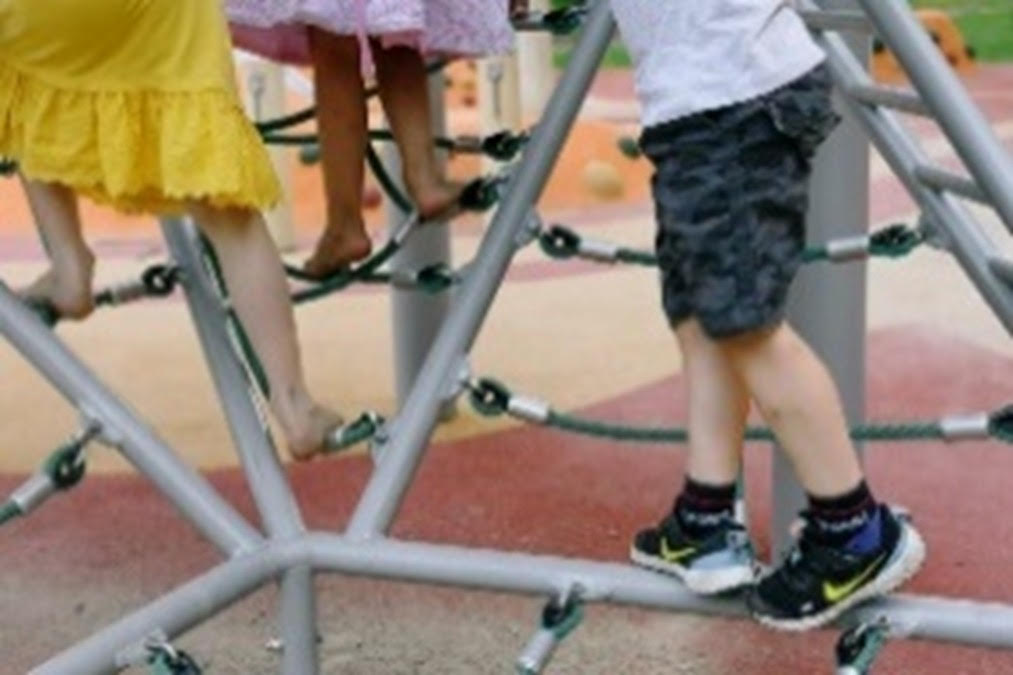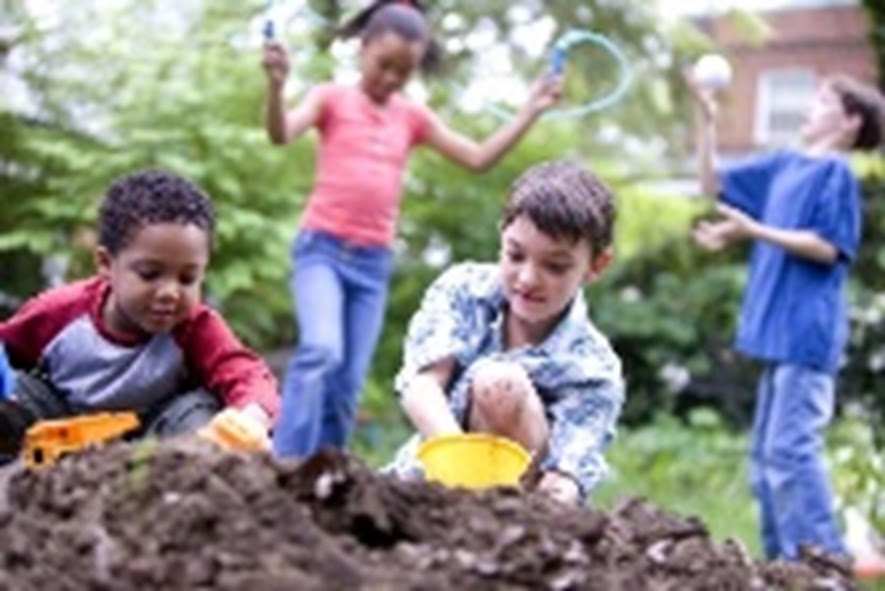Is your child biting, kicking or disturbing the other children within the classroom? If this has been observed by the classroom teacher and it has been brought to your attention; think about working closely with your child’s teacher and ask for some guidance and practical strategies that can also be implemented both at home and at school in a consistent manner.
While a child is in their process of development, they also experience certain emotions. Sometimes, they may feel anxious, frustrated which then leads them to displaying unwanted behaviour. They are unable to manage certain feelings and emotions simply because they may not know how due to lack of verbal abilities, lack of sleep, or even when they may feel hungry.
It is extremely important that you begin to embrace the ‘art of observation’. Start by observing your child more closely while noticing how your child may be interacting with others. Guide your child in learning how to express and manage certain emotions especially when they display their frustration.
Scenario: Playtime: Your child is playing with another child. The other child may have a particular toy that your child is wanting at that very moment. Your child begins to kick and push that other child. You must intervene and stop the unacceptable behavior. Clap your hands in order to get your child’s initial attention. Then proceed to make eye contact with your child so you know that they are listening to you as you begin to explain and correct their inappropriateness. Only once your child is ready to rejoin the other child in a proper manner that is when your child will gradually begin to understand what is either acceptable or unacceptable.





